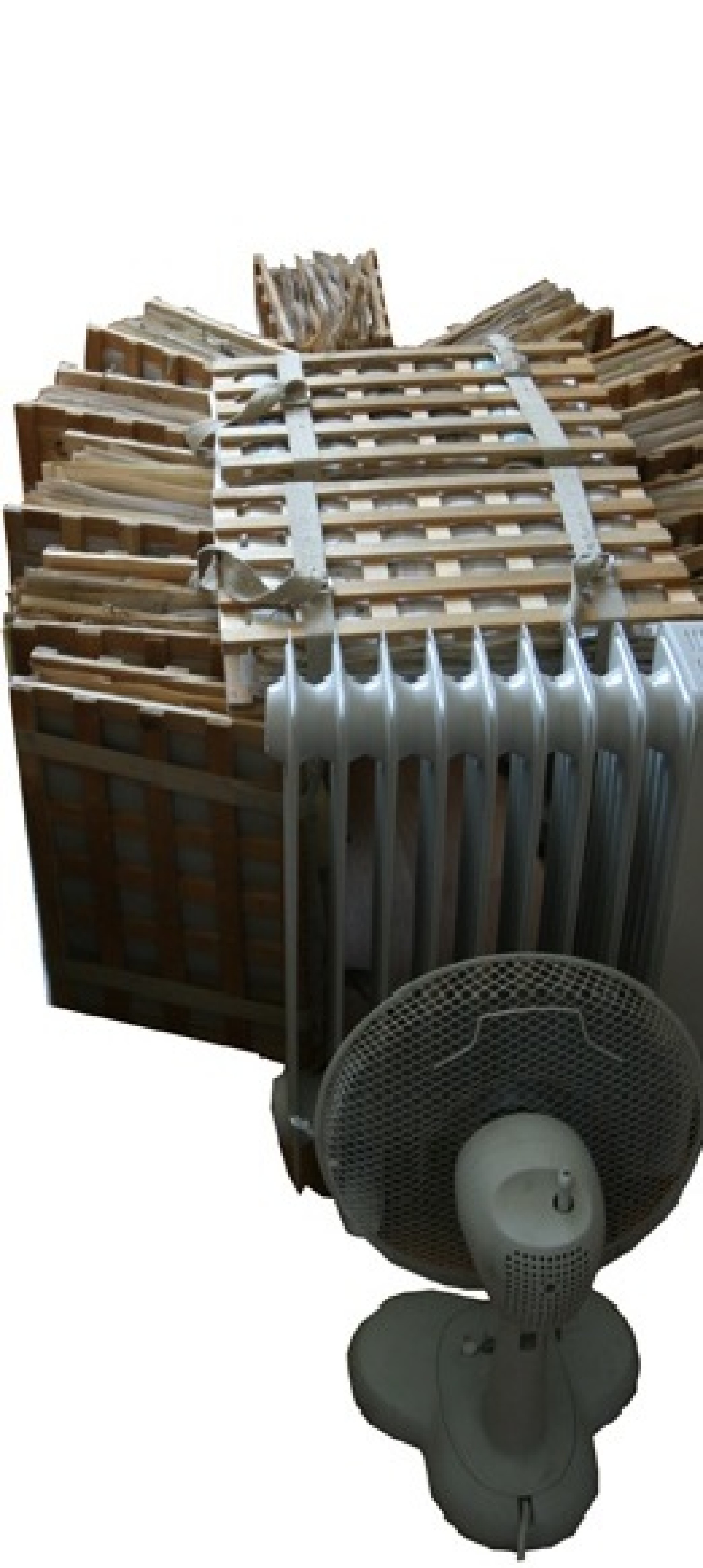The Collections
Overview of the herbarium
The collection encompasses all the main plant groups including angiosperms, gymnosperms, ferns, bryophytes as well as lichens,
algae and fungi. Fruit and seed collections, samples of wood, specimens preserved in alcohol and preparations of diatoms complete
the herbarium. Countless specimens from important collectors have been deposited in W.


